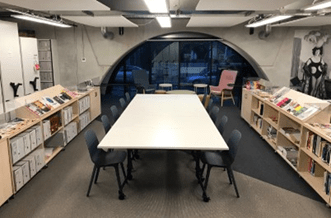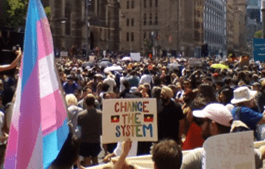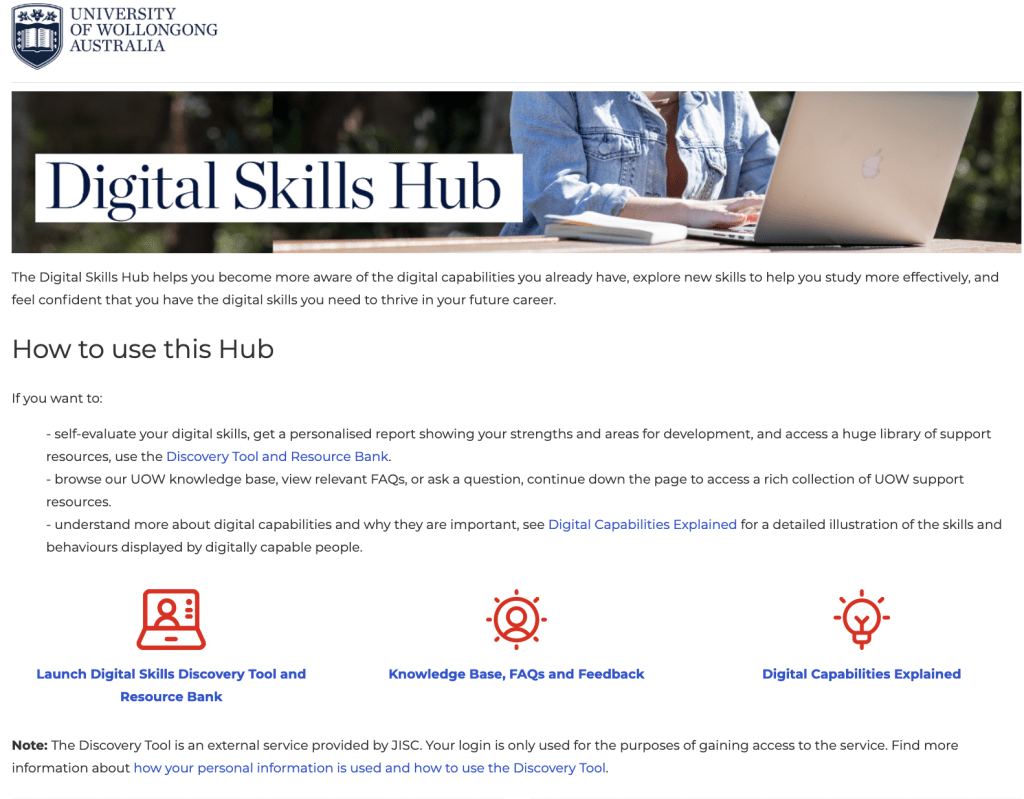Blog Bunch, we’re the blog bunch, we’re a modern digi blog family…..
Have you ever wondered who the team is that puts this blog together? Meet the Blog Bunch!
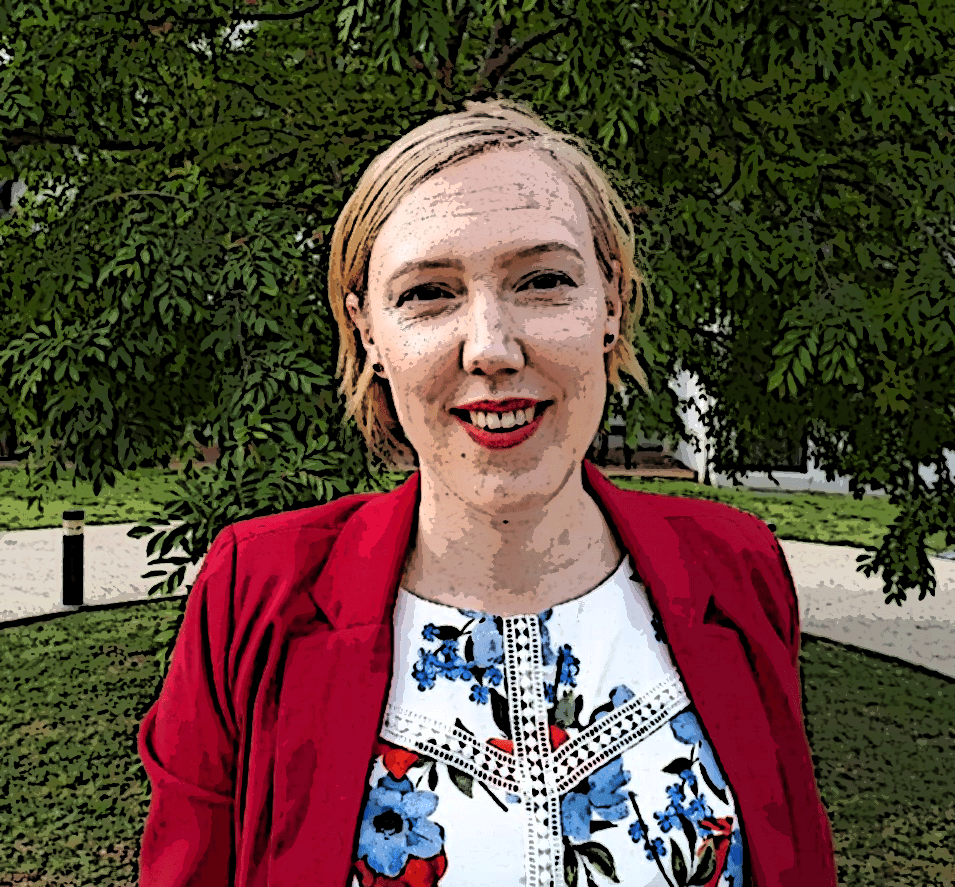
Sara Davidsson is currently in the role of Member Services Coordinator at CAVAL Ltd. The role gives her the opportunity to advocate within areas that are close to her heart, such as professional development for staff and the importance of learning, education and literacy in the academic and wider community. Being part of the Digital Dexterity blog editorial team further adds to this effort of advocacy and content curation as the blog posts benefit the professional development of so many.
Sara is originally from Sweden, and thus has a healthy obsession with IKEA, ABBA, and pickled herring.
Emma Nelms is a liaison librarian at QUT for the Faculty of Business & Law, as well as an AI Champion, Digital Dexterity Champion, a member of the CAUL UX CoP, and the Teaching & Learning lead. She is someone who likes to know a little about a lot. Her roles are centered around connecting with and supporting the learning journey of students and staff in higher education. She is enthusiastic and curious about working effectively with digital technologies, a proponent of lifelong learning, and an advocate for the sheer thrill of engaging with ideas and knowledge. Emma’s idea of fun includes traveling, entertaining, and cycling around the Brisbane River in pursuit of good pastry.

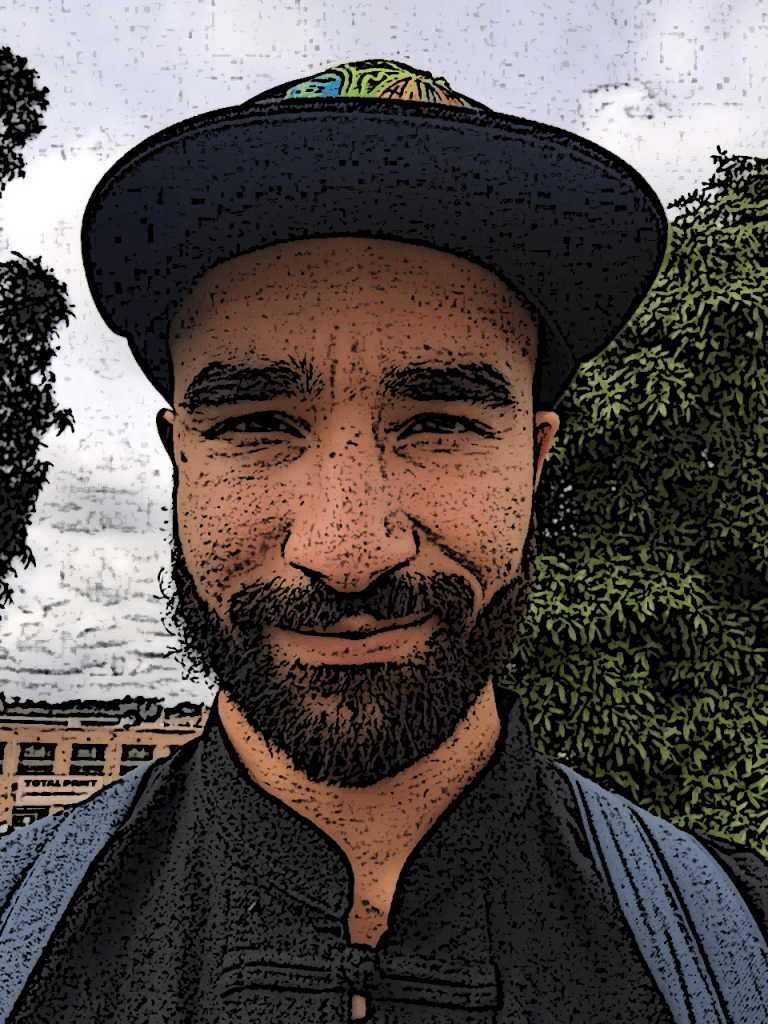
Emeka Anele is a Learning Designer at Deakin University Library. His role involves socialising, communicating and capability building others in digital content creation, platform usage and digital literacies. He has a strong interest in the ways people interact with library content. This blog group is another avenue for communicating interesting work in the digital space to a wider audience. Outside of work Emeka is dreaming about his next overseas adventure, which will probably be another trip to Japan.
Kristy Newton is the Digital Literacies Coordinator at UOW Library and loves to empower people with the skills and confidence to be autonomous in the digital world. She loves being in the blog group because the blog allows people to learn through sharing stories and experiences, and brings people’s voices to a wider audience. Outside libraries she plays bass in a rock band, supports community skills in permaculture, and cooks really good vegan Mexican food!
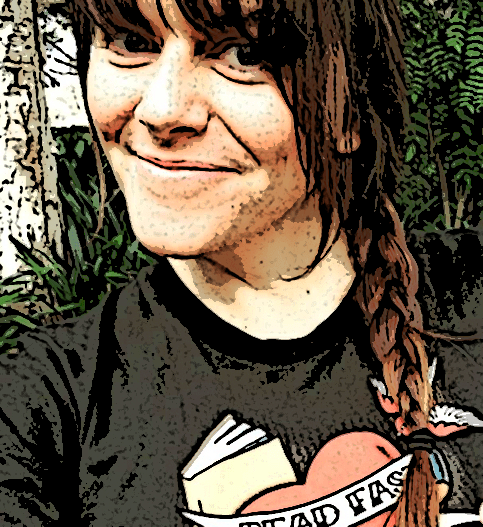

Krista Yuen is a Teaching and Learning Librarian at the University of Waikato Library in Aotearoa, New Zealand. This role sees her connecting with a wide variety of people with different interests, skills, and backgrounds. She loves exploring with digital technologies and finding or advocating for ways to build and increase people’s digital literacy skills and capabilities. Joining the Digital Dexterity blog group has allowed her to broaden her network, learn from other people’s stories and experiences and share these initiatives in a virtual space. Outside of libraries, Krista can be seen either paddling with her dragon boat team, taking too many photos of her dog, or trying out a new board game with friends
Kasthuri Anandasivam, currently the Digital Curriculum Librarian at UniSA, is dedicated to empowering individuals with the skills and confidence needed to navigate the digital world independently.
She focuses on advancing online learning environments, particularly in AI and digital literacy tools & frameworks, aiming to support innovation and scholarship.
Originally from Sri Lanka, spicy food and family hold sway in her daily life.
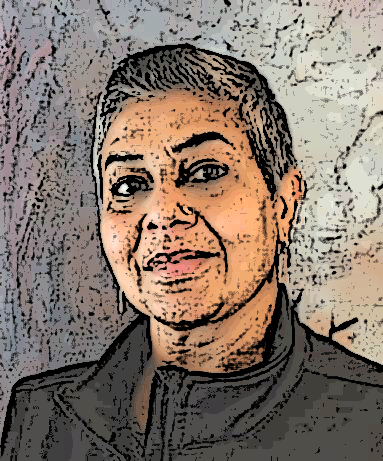
The Blog Bunch want to say a big THANKYOU to all our contributing authors – you’ve helped make this blog the informative and topical resource it is today! If you’ve ever wanted to contribute, 2024 could be your year! Have a chat to one of the Blog Bunch or send an email to digidexbloggroup@lists.caval.edu.au


